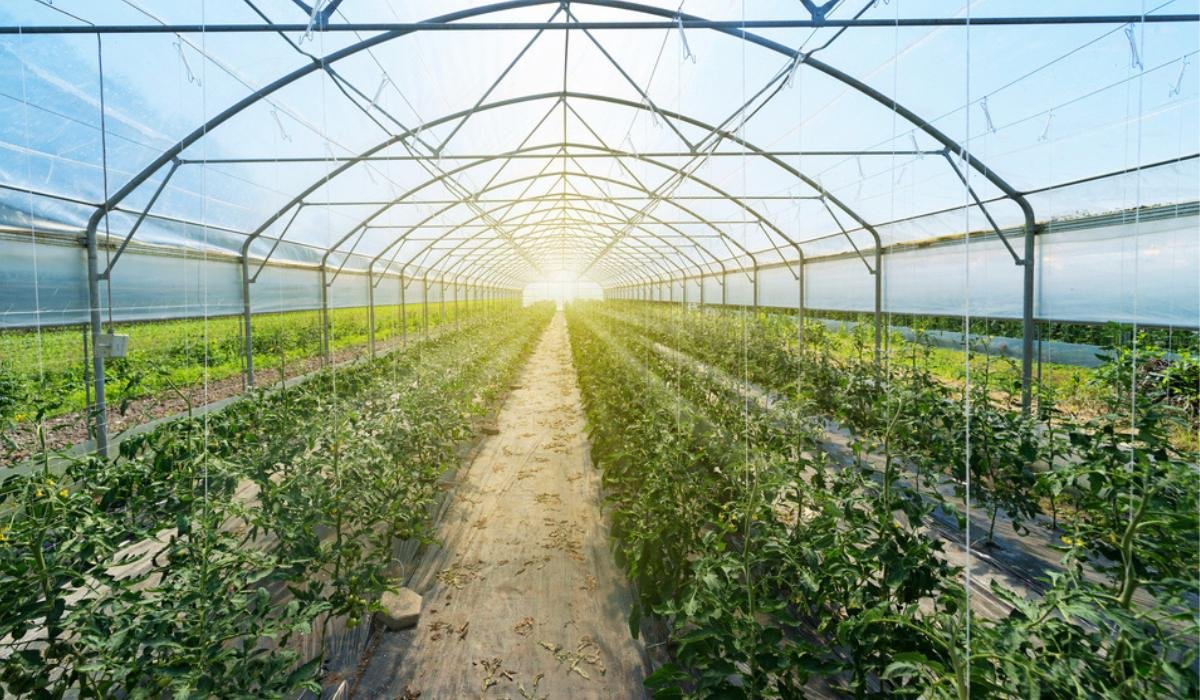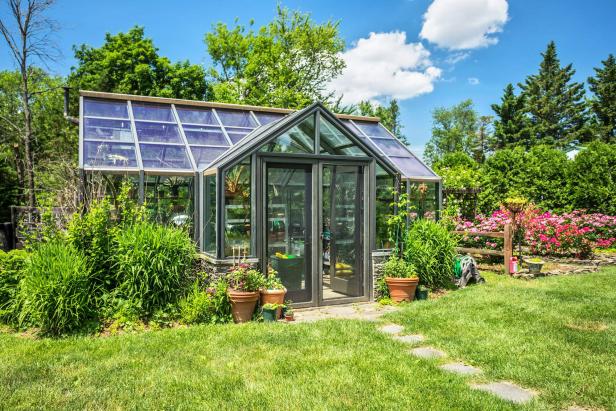Cultivating Excellence: Monarch Greenhouse Construction Utah Best
Wiki Article
The Future of Greenhouses: Advancements in Lasting Agriculture
Are you interested regarding the future of greenhouses and just how they are reinventing sustainable agriculture? From sophisticated environment control systems to vertical farming methods, water-efficient irrigation approaches, eco-friendly energy integration, and smart information analytics, these improvements are transforming the way we expand our food.Advanced Climate Control Systems
To achieve optimum expanding conditions, you can count on the innovations in greenhouses with sophisticated climate control systems. These systems have revolutionized the means we cultivate crops, giving a controlled environment that is helpful to plant growth. With these cutting-edge systems, you can now adjust temperature level, humidity, light degrees, and even carbon dioxide concentrations to develop the ideal problems for your plants to prosper.One of the vital functions of these advanced environment control systems is their capability to regulate temperature level. By utilizing sensing units and automated controls, the greenhouse can change the temperature based upon the particular requirements of the plants. This makes certain that they are never ever exposed to extreme heat or cold, which can be harmful to their growth.
Humidity control is another crucial aspect of these systems. By maintaining the ideal moisture degrees, you can stop issues such as mold, mold, and illness from influencing your crops. These systems can additionally control the quantity of light that reaches the plants, guaranteeing that they obtain the ideal amount for photosynthesis.
In addition, progressed climate control systems can even adjust CO2 concentrations. By raising the levels of CO2 in the greenhouse, you can improve plant development and performance. This is especially useful in locations with reduced natural CO2 levels.
Upright Farming Techniques
One vital upright farming method is making use of stacked expanding systems. Stacked expanding systems are generally used in urban areas where area is restricted.One preferred method is called vertical hydroponics, where plants are grown in nutrient-rich water without dirt. This strategy is very efficient as it reduces water use by up to 90% contrasted to standard farming methods. Additionally, given that the plants are expanded inside your home, they are secured from bugs and illness, lowering the requirement for pesticides.
An additional method is aeroponics, which involves suspending the plant origins in a mist or air setting. This technique permits optimal nutrient absorption and oxygenation, resulting in faster development and greater yields. Aeroponics also makes use of less water than traditional farming and can be applied in vertical systems, making it a preferred option for vertical farming.
Water-efficient Irrigation Methods
Taking full advantage of water conservation is essential when it pertains to executing water-efficient watering techniques in lasting agriculture. With worldwide water deficiency ending up being a pushing problem, it is critical to establish cutting-edge techniques that enhance water use in greenhouse operations.One encouraging technique is drip watering, which delivers water directly to the plant origins, minimizing waste and evaporation. By utilizing a network of tubes with little emitters, water is used gradually and precisely, making certain that plants receive the needed moisture without excess runoff.
One more reliable technique is using dirt wetness sensors. These gadgets gauge the wetness content in the dirt and offer real-time information to farmers. By checking the dirt's dampness levels, farmers can properly identify when and just how much water to apply, preventing over-irrigation.
Moreover, the application of rain harvesting systems is gaining popularity in greenhouse agriculture. Gathering rain from rooftops and keeping it in tanks enables farmers to utilize this all-natural resource for watering purposes, lowering reliance on typical water sources.
Finally, the fostering of automated watering systems can considerably boost water effectiveness. These systems make use of sensors to discover dirt dampness levels and climate condition, readjusting watering schedules accordingly. By enhancing water use based upon real plant demands, these systems can reduce water waste and promote sustainable farming methods.
Renewable Power Assimilation
Currently, let's look into just how you can incorporate renewable power right into your greenhouse procedures for an extra sustainable future. Renewable energy combination in greenhouses supplies numerous advantages, consisting of reduced operating expenses and reduced reliance on non-renewable energy sources. One method to integrate renewable resource is via the installment of photovoltaic panels. These panels are positioned on the roofing system or bordering areas of the greenhouse to capture sunlight and transform it right into electricity. The generated power can after that be used to run numerous procedures within the greenhouse, such as heating, ventilation, and lighting systems. Furthermore, excess energy can be stored in batteries for usage throughout non-sunlight hours. One more method of sustainable power combination is the usage of wind turbines. These turbines harness wind power and transform it into electricity, which can be used to supplement the energy demands of the greenhouse. Integrating renewable resource sources not just decreases greenhouse gas emissions yet likewise advertises sustainability and durability in your agricultural procedures. By accepting renewable resource, you can contribute to a greener future while ensuring the long-lasting practicality of your greenhouse business.Smart Data Analytics and Automation
To enhance the performance of your greenhouse operations and maximize resource use, consider carrying out clever data analytics and automation. Smart information analytics entails collecting and assessing data from different sensing units and devices within your greenhouse. By keeping track of aspects such as temperature level, humidity, light degrees, and dirt dampness, you can obtain important insights into the health and wellness and development of your plants. This information can help you make notified decisions regarding adjusting environmental problems, optimizing watering timetables, and preventing potential issues before they occur.
Automation, on the various other hand, entails making use of modern technology to automate jobs that were previously done manually. This can consist of automating the control of lights, air flow, irrigation systems, Monarch Commercial Greenhouse Utah and nutrient delivery. By automating these procedures, you can make certain that your plants obtain the appropriate problems and nutrients at the best time, without the requirement for continuous manual intervention. This not just conserves you time and initiative yet additionally reduces the risk of human mistake.
Additionally, smart information analytics and automation can collaborate synergistically. The information collected by sensors can be used to inform automatic systems, enabling them to make real-time changes based on the existing conditions. This combination of information analytics and automation can lead to more efficient and exact resource appropriation, eventually resulting in higher returns and better plant quality.
Final Thought
In verdict, the future of greenhouses in lasting farming looks promising. With sophisticated climate control systems, upright farming strategies, water-efficient watering methods, and sustainable power assimilation, greenhouses are becoming a lot more efficient and ecologically pleasant.
By enhancing water usage based on actual plant needs, these systems can reduce water waste and advertise sustainable farming methods.

Report this wiki page